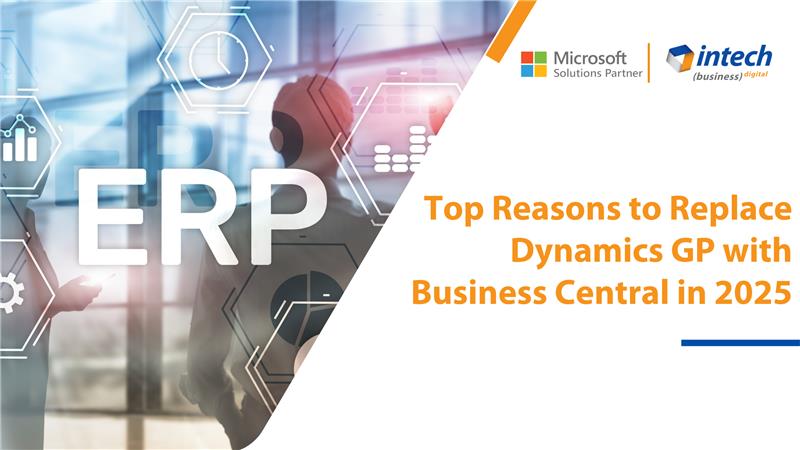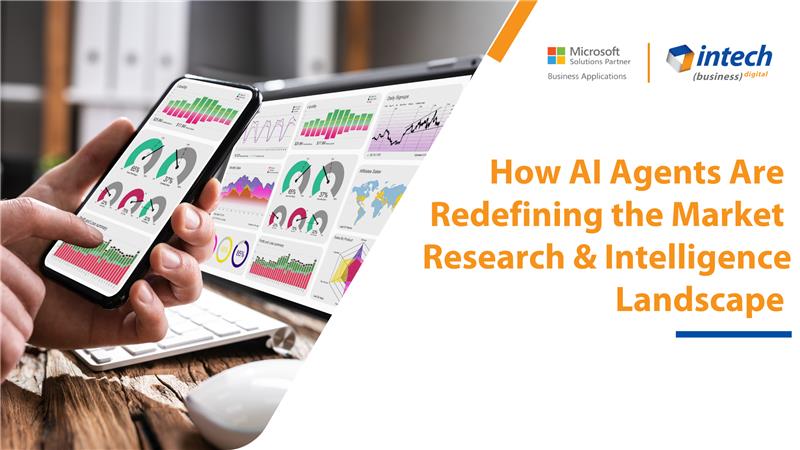Intech Systems
May 9th, 2018
7 B2B e-commerce trends to look forward to in 2018
The eCommerce industry is booming globally, with almost all countries experiencing significant growth over the last year. It is predicted...










